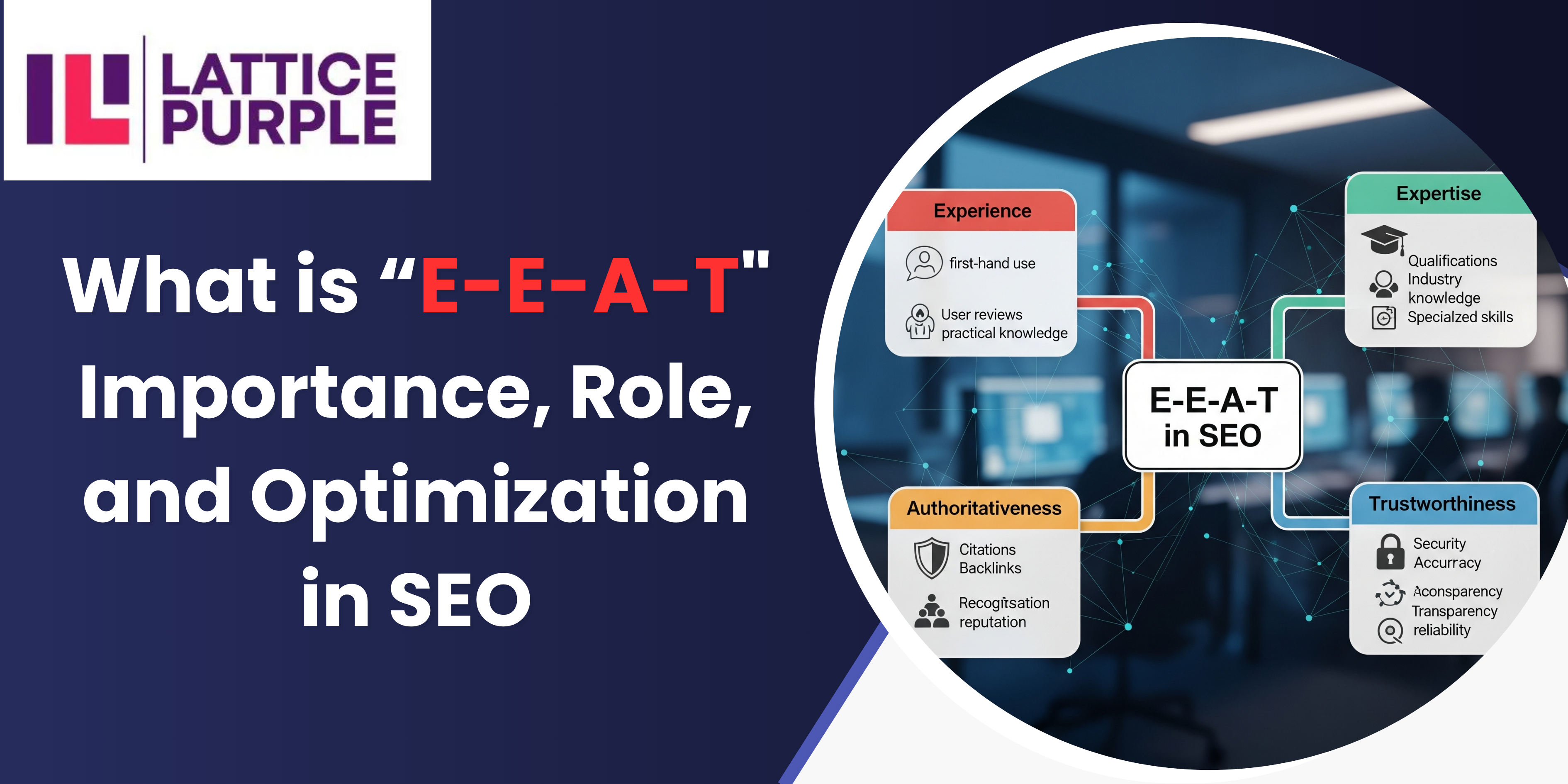
E-E-A-T in SEO: What It Is, Why It Matters, and How to Strengthen It
Search engine optimization (SEO) continues to evolve rapidly, particularly with the rise of Experience, Expertise, Authoritativeness, and Trustworthiness (E-E-A-T) as a foundational best practice, as well as the growth of AI marketing. For those dealing with ranking drops, E-E-A-T is also a critical component in Google penalty recovery strategies. This guide demystifies E-E-A-T and provides practical guidance on integrating it into your content and marketing efforts.
What is E-E-A-T?
E-E-A-T is a framework from Google, designed to measure the quality and reliability of a website’s content and its creators. Originally introduced as E-A-T, the extra “E” (Experience) now highlights the importance of firsthand, real-world insight. It’s especially vital for Google penalty recovery if your site experiences a ranking setback.
So, what does E-E-A-T stand for?
- Experience: Does your content reflect hands-on or personal involvement with the topic?
- Expertise: Is the author knowledgeable and authoritative?
- Authoritativeness: Is the site recognized or trusted within its industry?
- Trustworthiness: Can users rely on your information, and is your site secure and transparent?
A strong E-E-A-T profile helps your website stand out, appealing both to search engines and to AI marketing analyses, and supporting you in Google penalty recovery scenarios.
Why E-E-A-T is Crucial for SEO
Emphasizing E-E-A-T is key for maintaining a strong search presence and future-proofing your website. Google uses this to assess whether your content is credible and should be highly ranked. For those leveraging AI marketing tools, E-E-A-T-compliant content is more likely to be elevated and shared.
E-E-A-T and Google Algorithm Updates
Recent algorithm updates frequently target sites lacking solid E-E-A-T. Recovery from penalties, or simply maintaining strong performance, often hinges on improving these signals. Moreover, modern AI marketing platforms use these criteria to promote content across digital channels, making E-E-A-T doubly important.
The Role of E-E-A-T in SEO Ranking Factors
E-E-A-T guides several crucial parts of Google’s ranking logic, including:
- Content relevance: Pages with strong E-E-A-T are better matched to user intent and fare well in both organic and AI marketing-driven results.
- Backlinks: Authoritative, trustworthy content attracts high-quality backlinks—central to SEO and Google penalty recovery.
- User engagement: Effective E-E-A-T inspires longer visits and greater interaction, which benefits both rankings and AI marketing campaigns.
If your content lacks these criteria, you risk losing out to competitors, even if your technical SEO is flawless.
Also Read Trending Topic – What is LLM.txt and How to Apply It: A Beginner’s Guide
Understanding the E-E-A-T Principles
Each E-E-A-T principle informs how Google and users evaluate your content. For anyone invested in SEO, AI marketing, or Google penalty recovery, building on these pillars is mandatory.
Experience in Content Creation
Strong E-E-A-T relies on clear demonstrations of real-world experience. This matters to Google’s evaluators and to AI marketing engines that sift through online content.
- Offer tips, insights, or stories based on firsthand involvement.
- Use original photos, case studies, or testimonials to build trust and E-E-A-T value.
Expertise as a Measure of Credibility
Subject matter expertise is non-negotiable. E-E-A-T-compliant content is well-researched, accurate, and written or reviewed by experts. This protects your site against Google penalties and signals quality to AI marketing systems.
Authoritativeness in the Industry
Industry recognition boosts E-E-A-T and forms a backbone for Google penalty recovery. Develop authority through:
- Collaborations with respected experts
- Earning awards or public endorsements
- Maintaining active, transparent profiles for all contributors
Trustworthiness and User Experience
Trust is the foundation of E-E-A-T. Secure sites, clear policies, and transparent author information tell both users and search engines that your site can be relied on during algorithm changes or Google penalty recovery measures.
Also Read Trending Topic – What is a Large Language Model and Why It Matters in AI Today
E-E-A-T Guidelines for SEO Content Optimization
Optimizing E-E-A-T means better rankings, stronger AI marketing results, and faster Google penalty recovery.
Aligning Content with User Intent
E-E-A-T-rich content starts with recognizing why visitors land on your pages and ensuring every answer is reliable, direct, and helpful.
Using Credible Sources and References
Referencing reputable sources and citing data from respected organizations is an E-E-A-T best practice and aids Google penalty recovery.
Building a Strong Author Profile
A visible, credible author is a hallmark of E-E-A-T. Display credentials, expertise, and real-world experience on bios—crucial not just for SEO, but for AI marketing and reinforcing authority after a penalty.
How to Implement E-E-A-T in Your Content Strategy
Integrate E-E-A-T at every step of your strategy, from content audits to production routines, ensuring your site is prepared for the latest search and AI marketing trends.
Conducting a Content Audit for E-E-A-T Signals
Identify weaknesses, update outdated material, and address any gaps in author bios or source transparency to solidify your E-E-A-T footprint.
Creating High-Quality E-E-A-T Content
Produce material that’s comprehensive, unique, and offers value users won’t find elsewhere. Always proofread and include visuals or supporting media, which appeals to AI marketing tools and Google’s evaluators.
Leveraging SEO E-E-A-T Factors for Better Visibility
Meta tags, internal links, and a logical, user-friendly structure all reinforce E-E-A-T. Fast load times and mobile-friendly design support trust—which is the capstone of your E-E-A-T profile.
Examples of Effective E-E-A-T Implementation
Let’s look at organizations that demonstrate exceptional E-E-A-T—leading in both AI marketing influence and robust Google penalty recovery.
Case Studies of Successful E-E-A-T Content
- WebMD: Their expert-reviewed health information is a model E-E-A-T success story, regularly ranking high in organic search and trusted across AI marketing campaigns.
- NerdWallet: With authoritative advice and transparent profiles, NerdWallet excels in E-E-A-T and navigates Google penalty recovery with confidence.
- The New York Times: By building authority and trust over decades, they maintain top rankings and set the gold standard for E-E-A-T in both SEO and AI marketing.
Conclusion
E-E-A-T is not just a framework – it’s a requirement for effective SEO, competitive AI marketing, and successful Google penalty recovery. Prioritizing E-E-A-T principles safeguards your rankings, wins user trust, and positions your site as a leader in your niche. As search algorithms and digital marketing grow more complex, focusing on E-E-A-T is the surest way to achieve long-term, sustainable results.
Frequently Asked Questions (FAQs) about E-E-A-T in SEO
1. What is E-E-A-T in SEO?
2. Why is E-E-A-T important for SEO?
3. How can I improve E-E-A-T on my website?
- Experience: Include real-life insights, case studies, and reviews.
- Expertise: Ensure content is created or reviewed by qualified professionals.
- Authoritativeness: Gain backlinks from reputable sites and show credentials.
- Trustworthiness: Use HTTPS, have a clear privacy policy, and display contact info.



